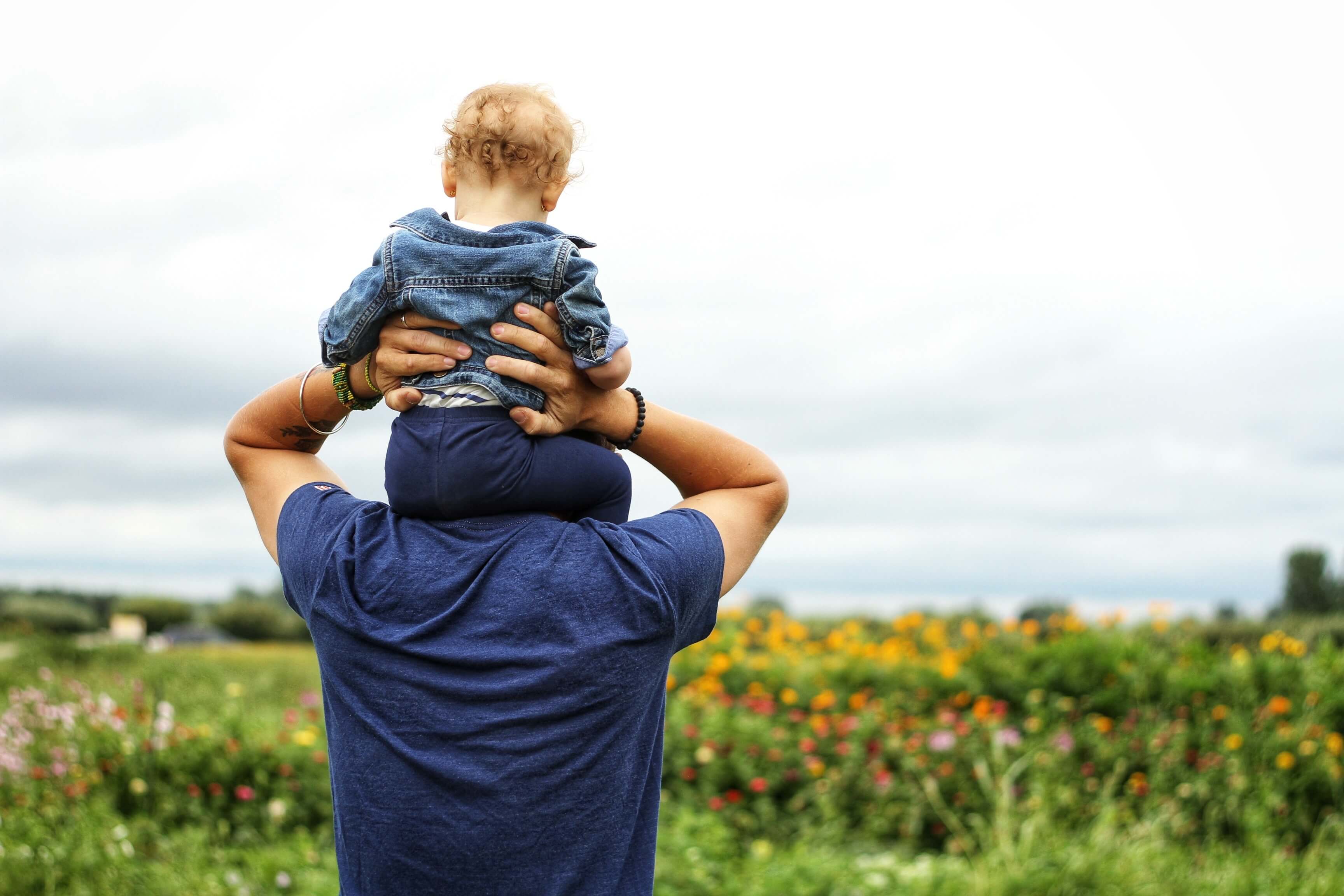
April is Child Abuse Prevention Month and this week we want to discuss this important topic. Child abuse is when children experience abuse or neglect by a parent, family members, or caregivers and causes injury, death, emotional harm, or risk of serious harm. The many forms of child abuse is neglect physical abuse, sexual abuse, exploitation, and emotional abuse. (1)
Here are the ways you can spread awareness for child abuse prevention.
1.) Know Prevention Programs
The first thing you can do in preventing child abuse is to educate yourself in prevention. There are many programs offered throughout child abuse prevention, ranging from childhood screening to life skills training to family support services. (2)
New Parents
Support programs for new parents are available, including nurse visitation, in-home parenting education, and social worker intervention. Social networks are also offered to help new parents connect with others instead of feeling isolated.
Education
Many programs that provide parenting education, such as natural childbirth groups, community-based prevention programs, and mental health services also provide social support systems for abuse. Self-help groups also provide a network of support to members in adjusting to familial change.
Abused Children
Treatment programs for abused children include therapeutic day school programs, hospital programs, residential programs, and home and clinic setting treatment. These programs are designed to help minimize the long-term effects of abuse.
Childhood Screening and Treatment Programs
Detecting child abuse early is imperative. Early childhood screening and treatment programs ensure that these children receive the care they deserve.
Family Support Services
Crisis care programs are available for family support and are accessible on a 24-hour basis. These programs include: telephone hotlines, crisis caretakers, crisis baby-sitters, crisis nurseries, and crisis counseling.
Life Skills Training
Training programs for children, adolescents, and even adults help equip them with knowledge and skills to protect children from abuse. Training programs are offered through school systems and adult education centers.
2.) Practice Prevention Guidelines
Parents - there are many things to do to care for your child and protect them from harm. But, there's always ways to improve. Here is a list of key guidelines to follow or remind yourself of when it comes to your child and to better your relationship: (3)
- Never discipline your child when your anger is out of control
- Participate in your child's life
- Never leave your child unattended
- Teach your child to use his or her voice
- Be aware of your child's attitude and if it changes
- Teach your child crisis tactics such as knowing what to do when separated
- Be alert for premature sexual understanding
- Pay attention when someone shows abnormal interest in a child
To learn more, call 1-800-4-A-CHILD, the Childhelp National Child Abuse Hotline. This center is staffed with professionals who offer information about child abuse prevention, as well as crisis intervention, literature, and referrals.
3.) Discover Resources

Programs and organizations offer countless resources for child abuse prevention, but only if parents know about them. There are hundreds of organizations to get in touch with if you or a loved one suffer from child abuse or are trying to be better informed on child abuse. Here are a few examples of the places you can contact: (4)
- ARCH National Respite Network and Resource Center
- Be Strong Families
- Darkness to Light
- Doris Duke Charitable Foundation
- Gundersun National Child Protection Training Center
- National Network of Family Support and Strengthening Networks
4.) Break The Cycle
The important thing to know about child abuse is that abusive behavior is often cyclic. If you or someone you know can't stop anger from taking over, feels emotionally disconnected from a child, struggles to meet the child's needs, or has done things that raise concern from others, it's time to intervene and stop the cycle before it starts.(5)
Learn What is Age Appropriate
Expecting 10-year-old behavior from a 2-year-old isn't realistic. Knowing which behaviors go with the corresponding age will help you avoid frustration and expectation.
Develop New Parenting Skills
As mentioned above, there's always room for improvement. Don't be afraid to go to other parents, books, and classes for parenting advice.
Take Care of Yourself
The most important care in your life is self care. As much as being a parent is a 24/7 job, it's also vital to take a break and focus on yourself. The less sleep/care you have, the more you may take it out on other people, including your child.
Get Professional Help
Everyone needs help sometimes. Don't be afraid to reach out to professionals if you can't do it on your own.

5.) Be Active Online
Social media platforms like Twitter, Instagram, and Facebook are great outlets to share your knowledge and story about child abuse prevention. No message is too small on social media, and the biggest impact can happen in 280 characters or less.
6.) Share Your Knowledge
You know child abuse prevention and where to go. Now it's time to share what you've learned.
The great ways to share your knowledge is to inform others. By teaching a class, talking to a friend or loved one, and participating in an organization, you are able to disperse your information to others, tackle the challenges of child abuse, and improve the community around you.
In addition, ordering merchandise that is able to promote awareness is an easy and stylistic way to share your knowledge. There are blue ribbons, t-shirts, and even wristbands to spread your awareness.
Final Thoughts
No matter what, making sure a child is safe, in any environment, is what we should always aim for. Never be afraid to report an abuser or go for help. The smallest act can make a difference and it can impact a child's life forever. You can even do it with a wristband. At Rapid Wristbands, we have many custom wristbands for you to design. Click the button below to order your custom child prevention awareness wristband today.
Resources:
.png)
.png)
.png)


.png)
.png)

.png)
.png)
.png)
.png)
.png)
.png)
.png)
.png)
.png)
.png)
.png)
